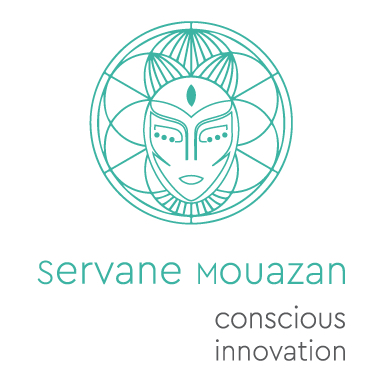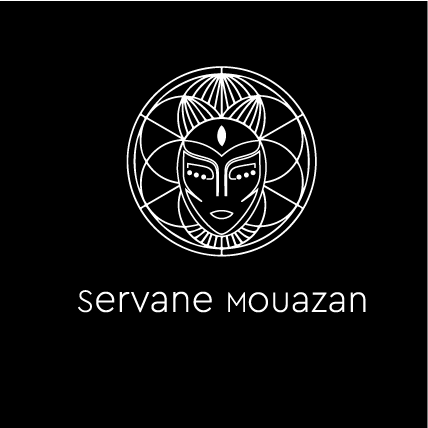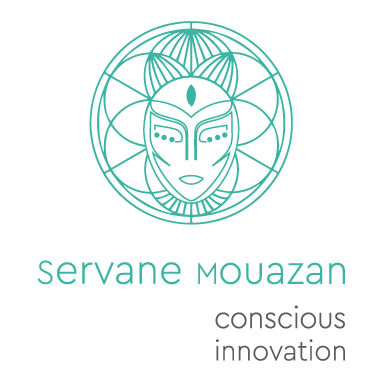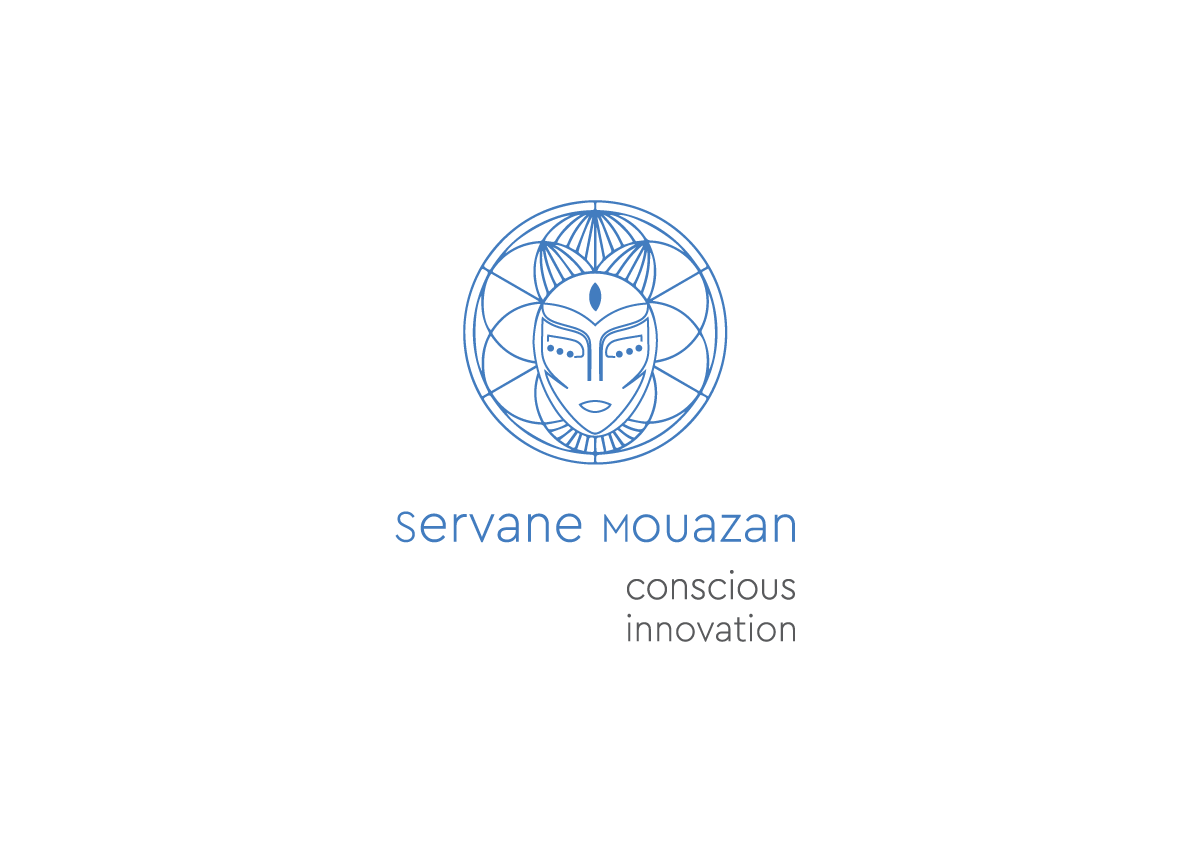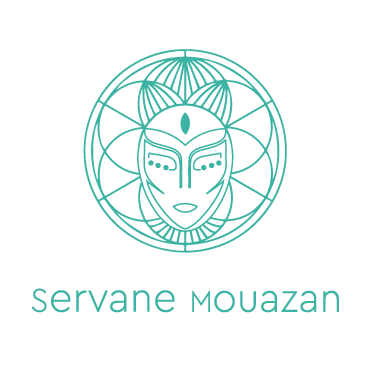During our latest Ogunte brainy breakfast with the fabulous Futureheads Recruitment team, our guest speaker Clare Munday, and a lively group of Women in Social Enterprises and Technology, we explored practical ways to “design with humans”, and we went away with valuable commitments.
This session was hosted and animated by
- Clare Munday, independent Service Design & UX Director; Adviser to Royal College of Arts.
- Be Kaler, Founder and Director of Futureheads Recruitment Ltd, Founder and Director of The User Centred Design Society and a Trustee to Hope For Children.
- and myself, Servane Mouazan, Founder and Director of Ogunte CIC, specialised in Women in Social Enterprises, and Lead Partner at Conscious Innovation.
We asked ourselves:
Why is it best to talk to humans before you design that app, or start to include technology in your service/product?
Here’s what people said about their issues:
- It is hard to persuade other team members that the consumers’ voice and other stakeholders’ is fundamental and needs to be included in the design.
- We need help translating feedback into a language that the shareholders or investors understand.
- How do we communicate change is needed when the rest of the team has already planned the next phase of a programme… without consulting stakeholders much…?
- How to understand what your participants really need, how they think, hate, love, trust?
Clare gave us a practical overview of the things to think about:
- Bring people around a table who have no immediate connection with your product or service.
- Ask them the brutal honest truth, you need some fresh eyes. They are not there to please you. Get their truth as a gift. You might want to get them to test something else just before, to gain their trust, to warm them up!
- Some might not want to disappoint you. So make it clear, that whichever the feedback you get, it won’t make any difference in your life: you are here to hear the brutal truth!
- Get these testers in regular informal guerrilla testing locations. Clare told us a story when she got testers once during a train strike at Euston station in London. She found a wide range of people coming from various places in the UK. They would have done anything for a chocolate bar!
- If you can’t find a train strike, invite ideally your most stubborn and most senior staff members around the table too. “Generally men are more stubborn than women”, Clare says. They need to hear the truth from the horse’s mouth. Cut the intermediaries.
- If you are lucky, they will be on the phone before the end of the session activating change…
- By the way, are the people around the table really diverse? Come on think again, include various types of people. Don;t skew your findings from the outset.
- When you take notes of the feedback and share it with your team, do not package it. Do not edit anything. It’s the truth, take it.
Next steps
- Be clear about your decision-makers agenda: is it the bottom line, is it debt repayment, is it reputation, is it development costs?
- Translate the findings into financial proxies. For instance: “if we continue to build this service this way, it will cost us x amount of loss days, or sick day leave, or attrition or cancellations”. Explain how that will hit the bottom line. Compare this with a projection of the benefit of change in £/$.
- Benefit can be translated into money but also in well-being, in business intelligence, competitivity, bigger impact, usable data, etc.
- Useful: The benefit of user research. For £1 invested, you will get £4 return. It’s worth it!
- Remember you will have a place at the discussion table (if not the decision making table) because you will bring hard evidence about the ROI (Return on Investment)
As you continue to design further
- Who are your users by the way? It is not a uniform mass. Create a set of persona, imaginary users, with a story and a life of their own. Here’s some guidance to create these.
- You can also set up a real users panel and get them in frequently, introducing new activities in your prototype. Refresh the group from time to time with new members.
- If your new market is set in a foreign country, no panic. Ask yourself, are there nationals from this country not far away from me? They will give you 1) great insights b) connections to their family & friends abroad!
It is not just about your service
- Whilst you are going through this phase, you will notice change happening in the organisation. You can also go through the same experience in order to transform your team and operations.
- Look out for other products and services that people love. Why is that? What can you learn from this? What motivates people? What do they care about?
Here are some useful additional resources:
Useit.com – Jacob Neilsen
UX archive – http://uxarchive.com/
Design pattern libraries – Global Visual languages
https://material.io/guidelines/
https://boagworld.com/design/pattern-library/
Everything UX
Universities and Business
Starting an e-commerce business
Validating UX & ROI
https://usabilitymatters.com/10-stats-demonstrate-roi-ux/
https://www.experiencedynamics.com/blog/2014/07/making-strong-business-case-roi-ux-infographic
Lean research
Find more useful articles for and by women in social enterprises on our regular blog.
